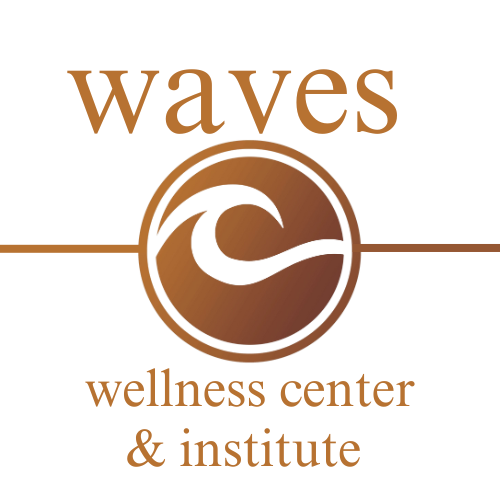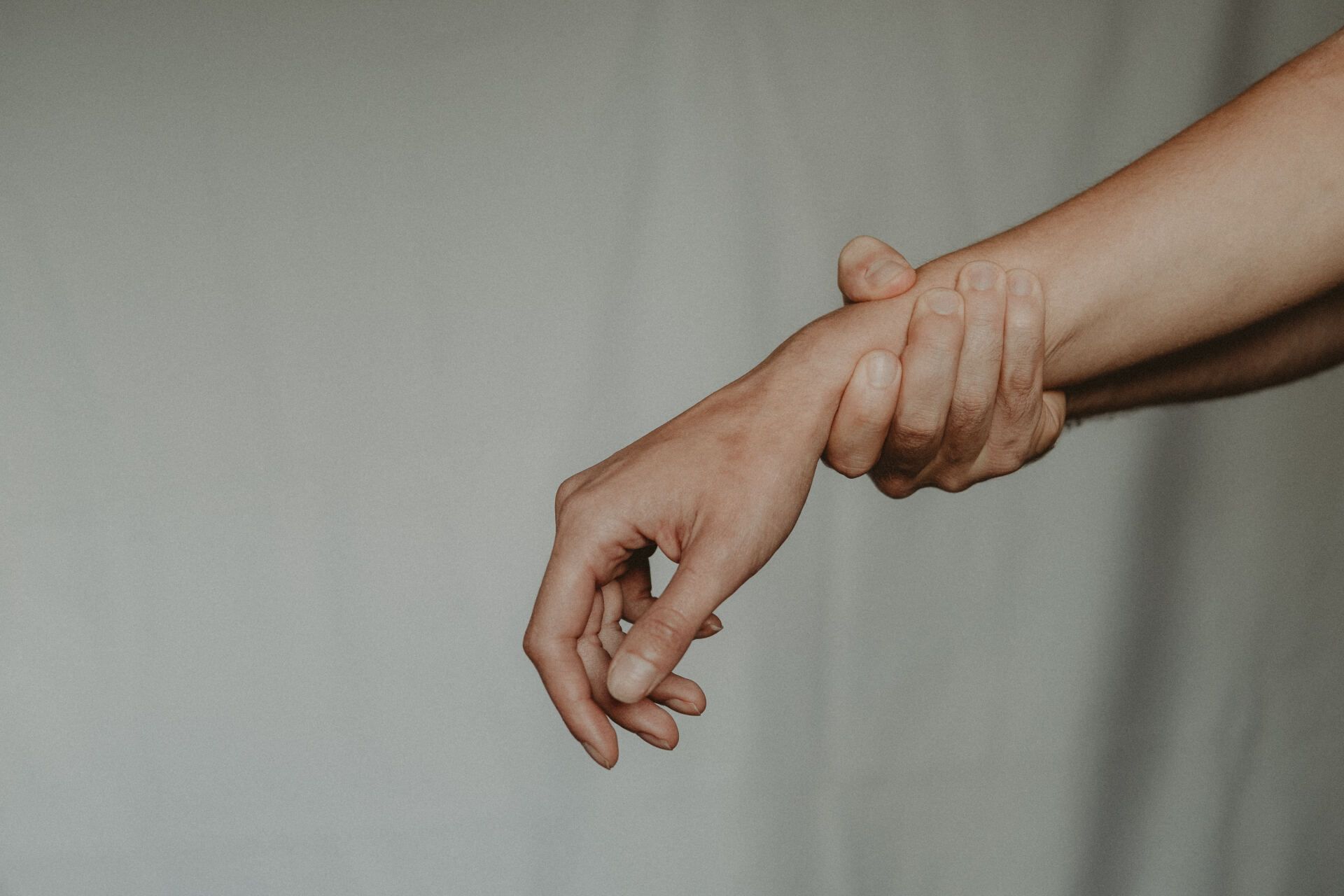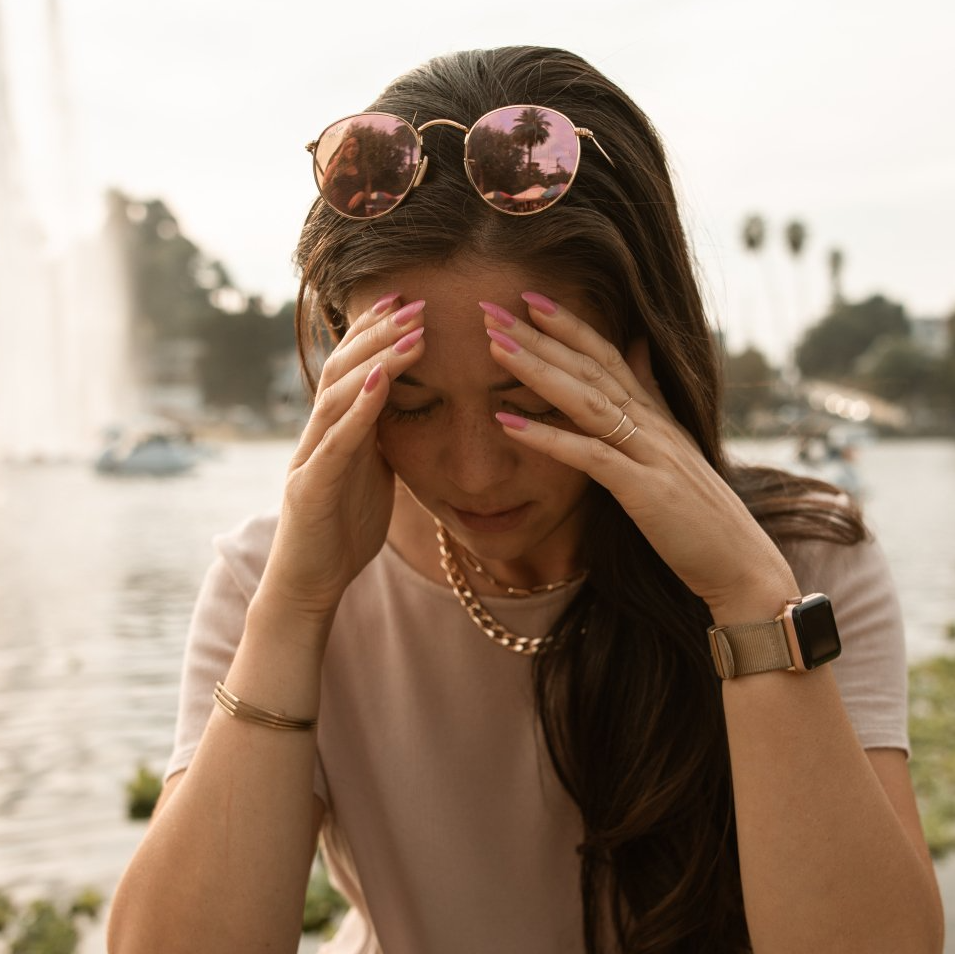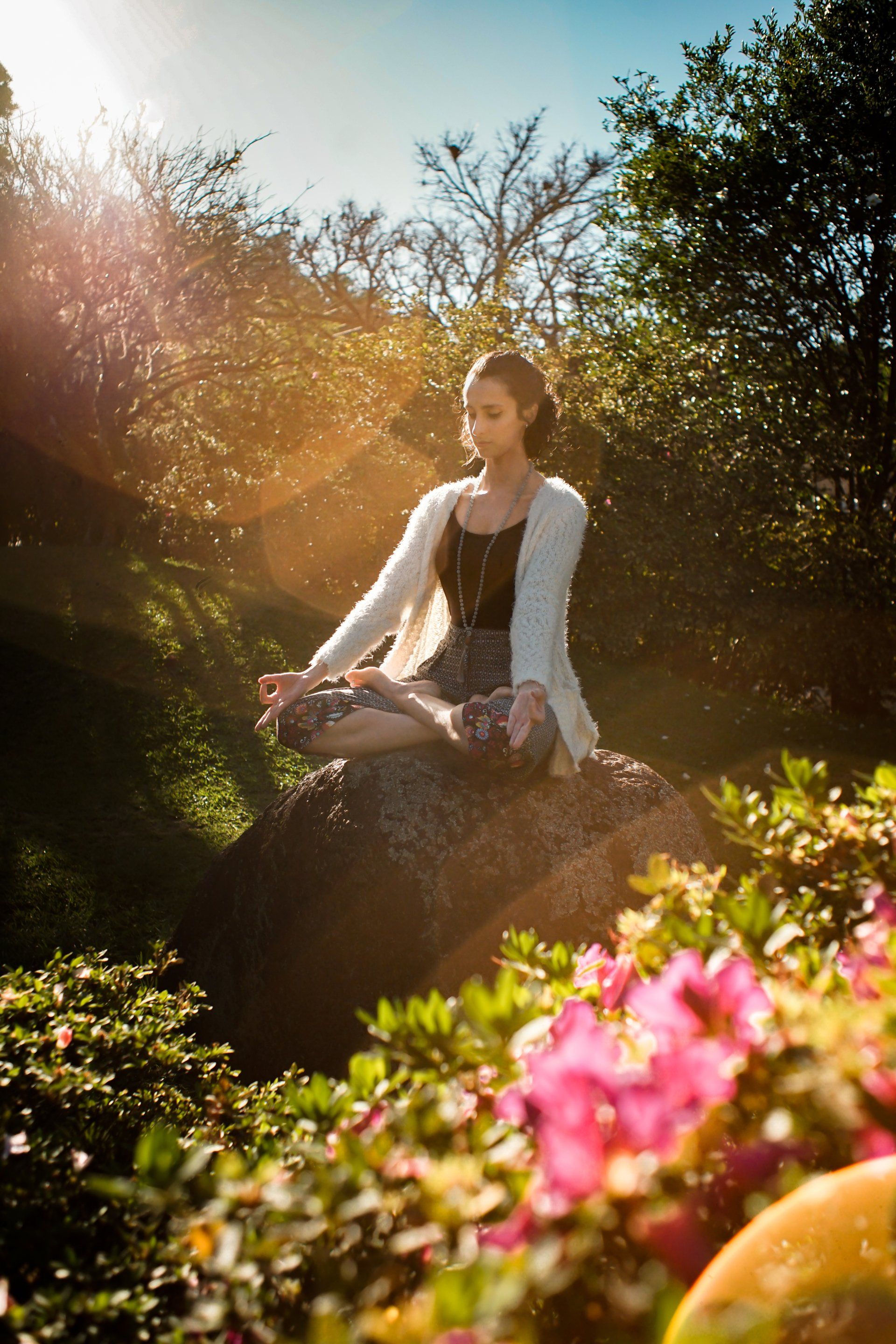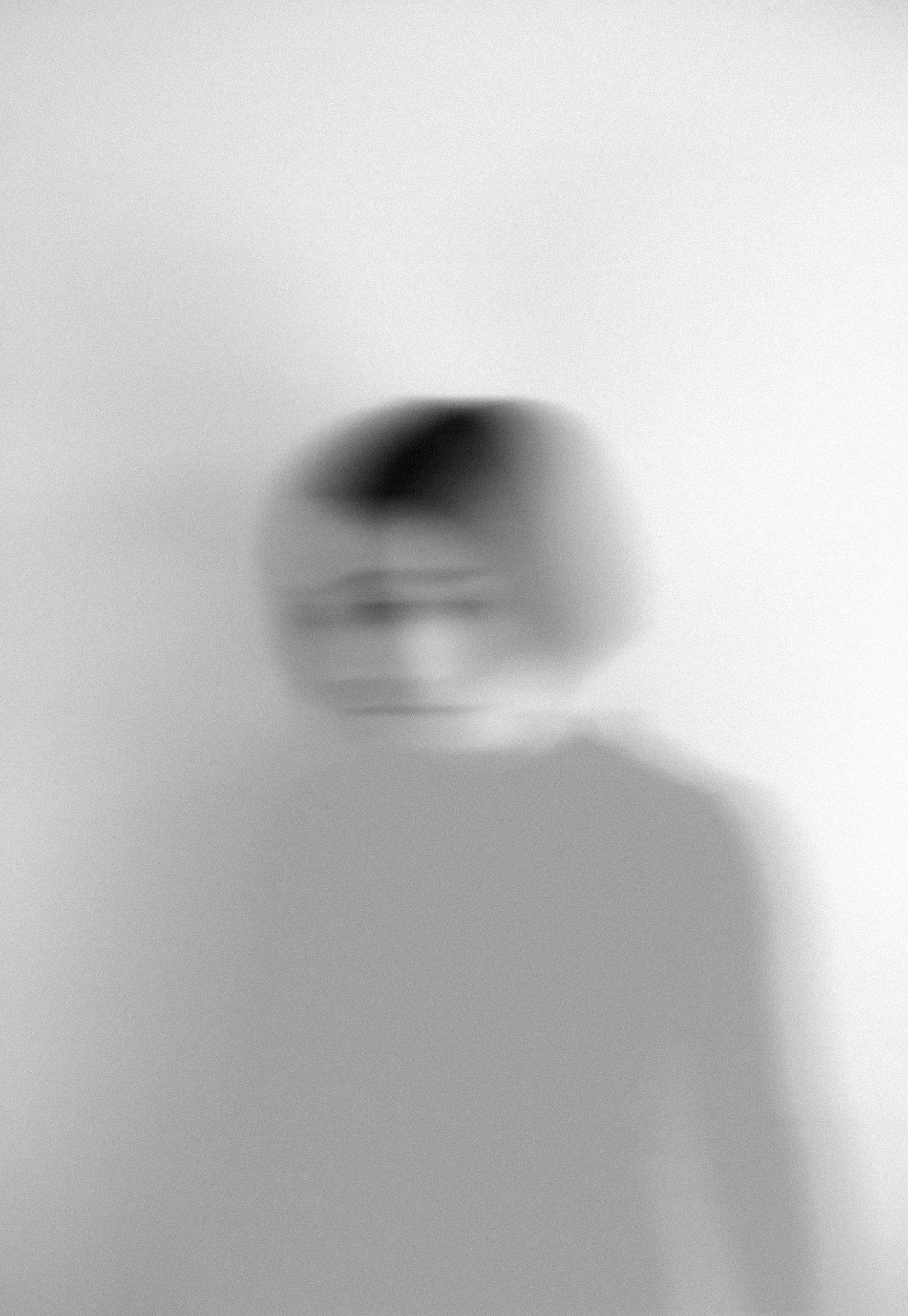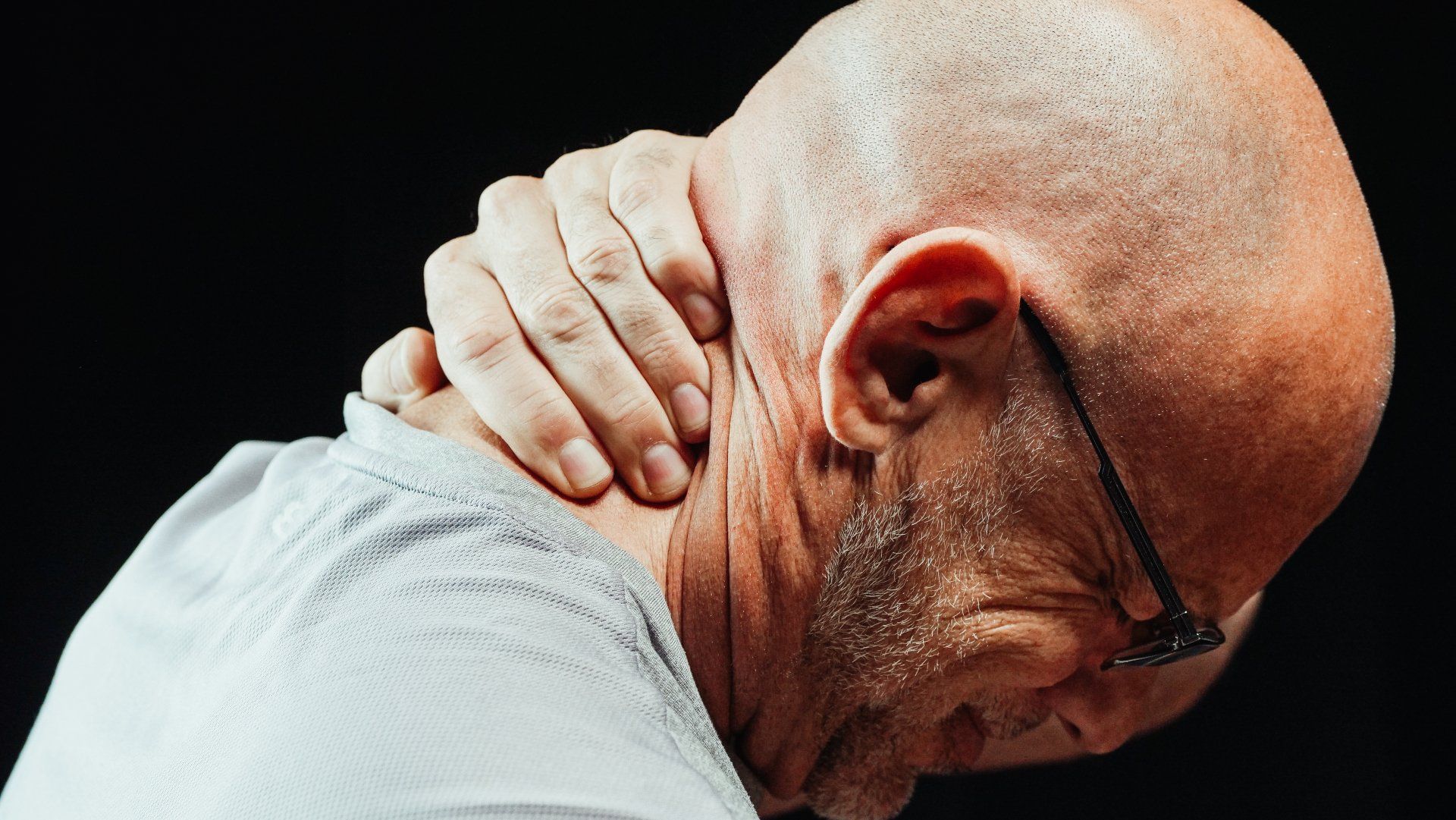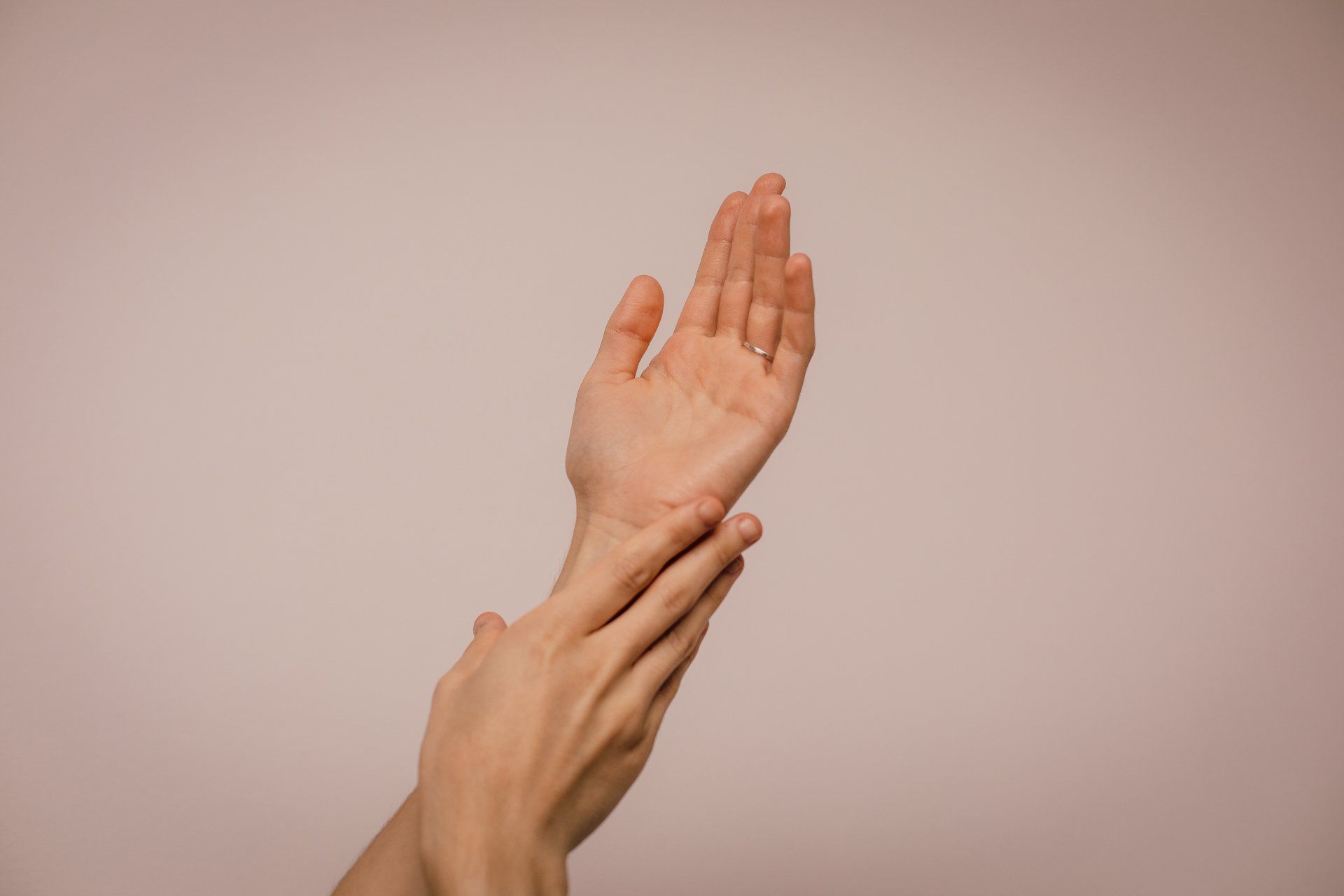Arthritis
About Arthritis
Arthritis is a degenerative condition that affects the joints. Around 8.5 million people in the UK have long-term health problems due to arthritis or a related condition. Osteoarthritis affects 80 percent of people over the age of 55. One child in every thousand has arthritis. Arthritis is the second most common cause of time off work in both men and women.
There are more than 200 types of arthritis and rheumatic disease. Arthritis is a degenerative condition that affects the joints. The primary site of damage is in the articular cartilage. This is the white, shiny material on the ends of the bone. Normally, this material allows the joint to function smoothly without pain, catching, or grinding. When the articular cartilage becomes damaged, the cartilage breaks down and tiny particles are released into the joint. This can lead to inflammation in the synovium, or lining of the joint. The synovium normally creates a small amount of joint fluid, which is similar in consistency to oil. This fluid helps to lubricate the joint. In addition, it provides nutrients and oxygen to the cartilage cells so they can survive. When the synovium releases too much fluid, the joint will swell and may feel stiff and painful.
Once the cartilage is worn, roughened cartilage or bone may be rubbing together in the joint. These surfaces are no longer protected by healthy cartilage and the result can be pain when the joint is used. This pain may be felt in the joint or at a site distant from the joint. This is called referred pain and is seen frequently in the hip and knee. In this case, an arthritic condition in the hip may actually cause pain, which is felt in the knee, or a condition in the knee may cause pain in the thigh or shin. The sensation of pain is unique to the individual and can vary greatly in severity and duration.
Western Medical View
Arthritis implies an inflammatory condition of one or more joints. This can be considered to be an auto-immune condition. The features of inflammation are pain, swelling, redness, stiffness and hotness. As for mild aching pains around the joints, heat and rest can be helpful for treating arthritis. Tylenol®, aspirin, or another analgesic can help with the pain. There are over-the-counter anti-inflammatory medicines available to help decrease pain and inflammation. You should discuss taking these with your doctor to make sure that they do not interfere with any other drugs you are taking.
Chinese Medical View
Clinical trials have proven that acupressure is effective at treating rheumatoid arthritis. In Chinese medicine, arthritis is caused by a blockage in the Meridians, a network of channels and pathways where Qi (the body’s essential energy) and Blood flow. Arthritis, therefore, is referred to as a Blockage Syndrome. The aim of Chinese medical treatment for arthritis is to unblock the system whether the blockage is affecting the bones, blood vessels, tendons, or muscles. Central to Chinese medicine is the theory that the body’s essential energy (Qi) flows through and along the channels (Meridians). These meridians are like rivers that irrigate the body and nourish its tissues. Any obstruction along one of the meridians is like a dam that blocks the vital energy flow, creating pain and disease.
Chinese Medicine is also used according to CM theory to regulate the immune system in order to address the auto-immune aspects of this condition.
According to Chinese Medicine theory arthritis affecting more than one joint is treated mainly with herbs to address the blockage imbalance in the whole body, while acupuncture is used to relieve the pain. To treat single joint arthritis, particularly if the cause is injury, ac is often used singularly. Herbal washes, ointments, plasters and oils are also used if necessary.
Reflexology for pain relief is becoming increasingly popular. According to Chinese Medicine theory acupressure is applied to specific points along the meridians to help unblock the blocked energy channels. There are more than 2,000 such points on the body, according to CM theory. Sometimes heat, pressure, friction, suction, or electrical impulses are used in Chinese Medicine along with or instead of the usual needles, but the goal is always the same: to stimulate these points.
For each individual person the amount of sessions needed will vary, but it's best to have at least 2 sessions a week.
Lifestyle Advice
Blockage can be caused by Wind, Cold, Damp, Wind Heat and Damp Heat. The most common cause is a combination of Wind and Cold, which is why arthritis is more common in damp and wet climates and tends to aggravate in the Winter.
We here at Waves know that all clients are different, that is why we begin to build a tailored treatment plan after an initial assessment where we touch on health history, lifestyle, and whole body wellness. Allow us to help jumpstart your healing journey today by booking a session with Sandi, our Traditional Chinese Medicine Practitioner.
*Disclaimer: This information is not intended to diagnose, treat, cure, or prevent any disease. For educational purposes only.*
